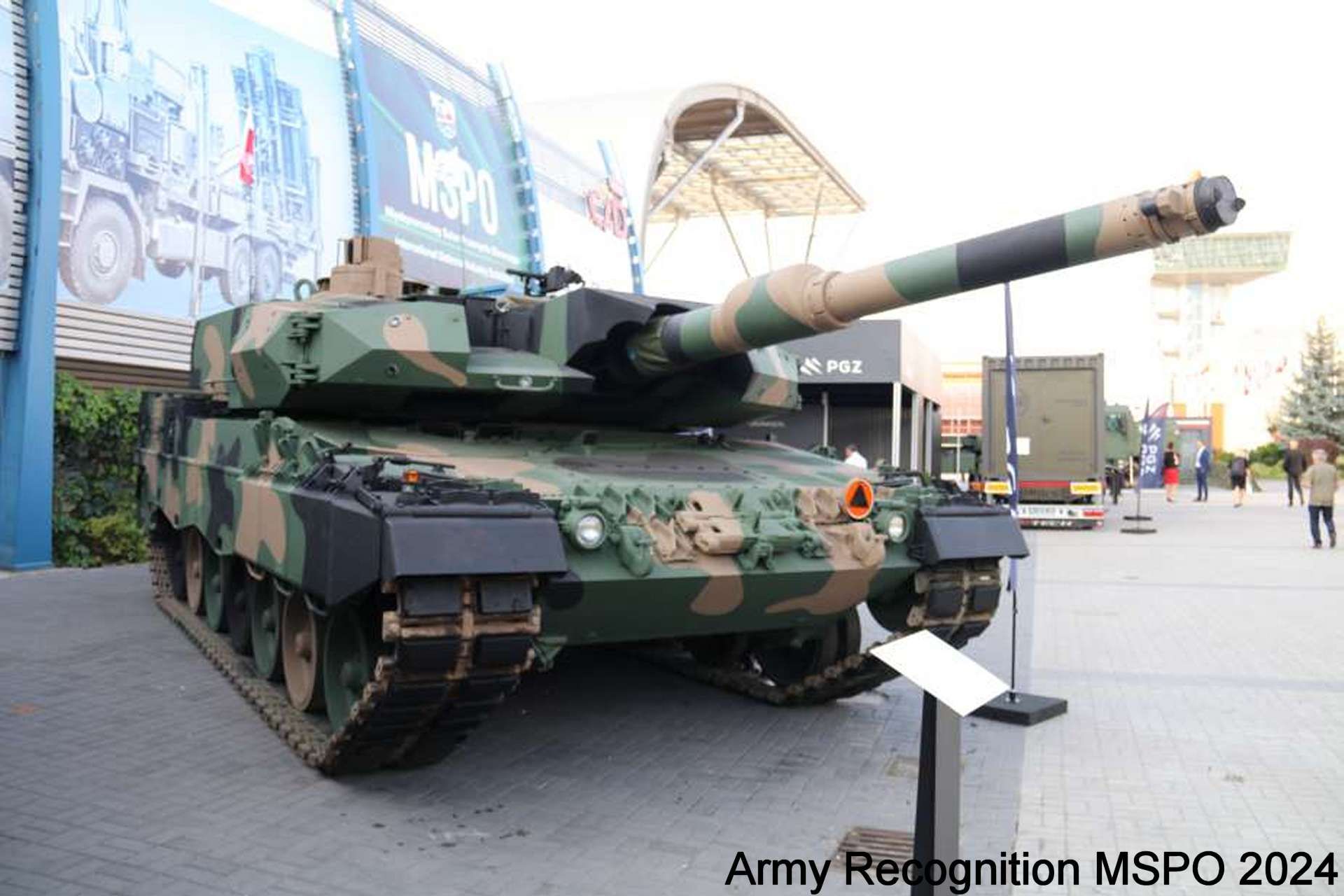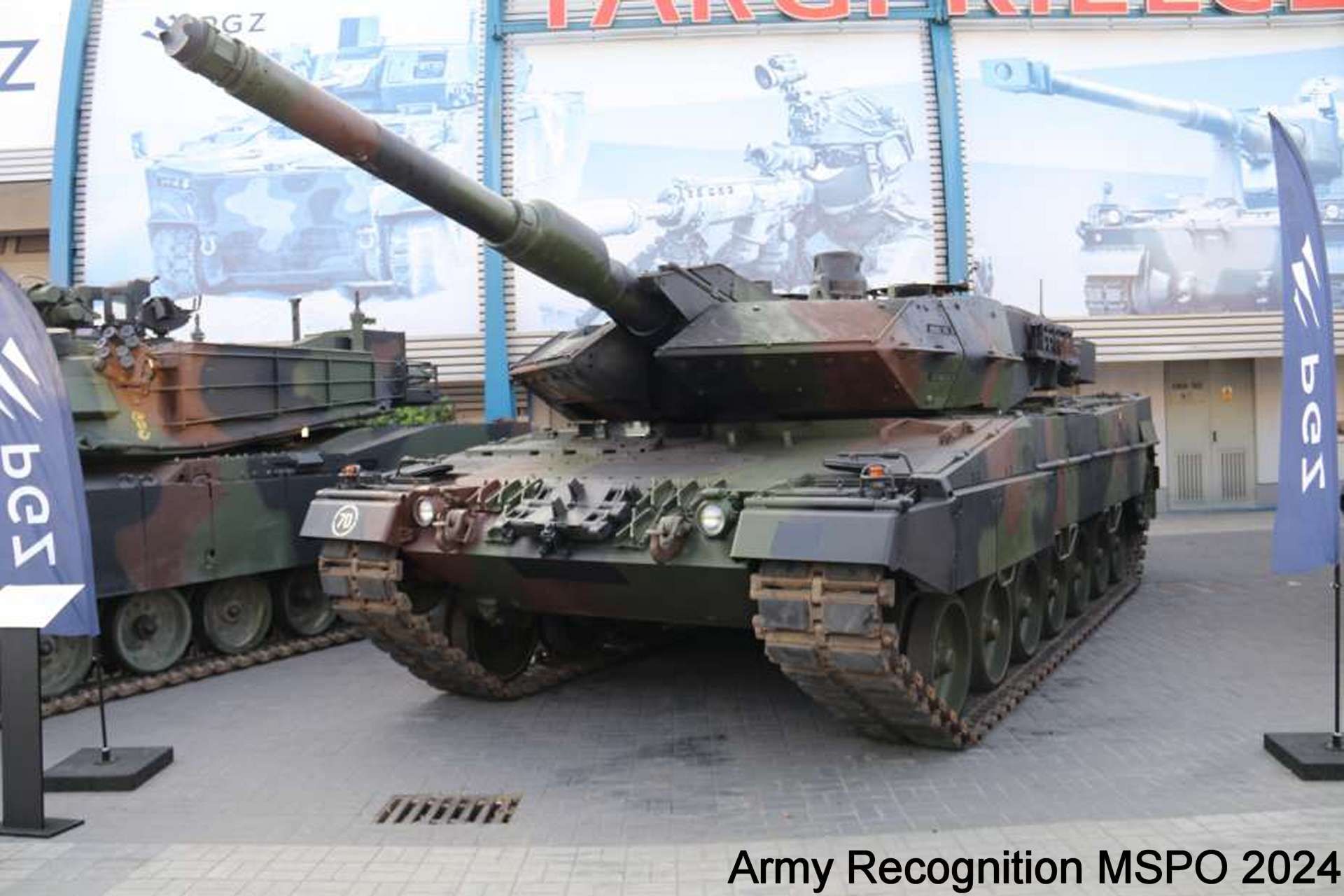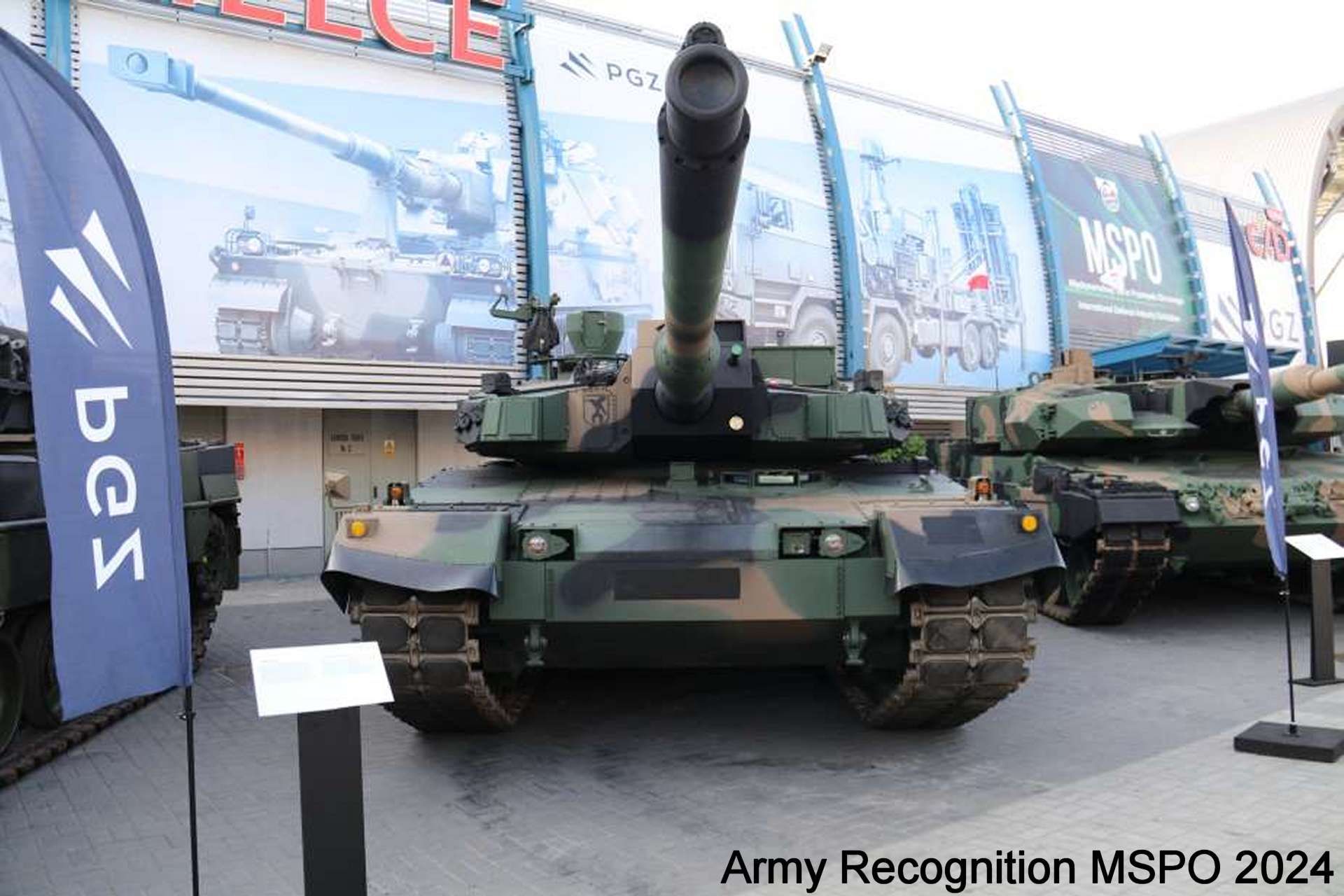Breaking News
Poland Emerges as Europe's Leading Main Battle Tank Power.
For several years, Poland has established itself as a military force to be reckoned with in Central and Eastern Europe, marking a transformation in its military capabilities. This rise in power has been particularly evident in the domain of battle tanks, with an ambitious strategy to modernize and strengthen its ground forces. As geopolitical tensions intensify along its borders, notably due to the war in Ukraine, Warsaw has taken decisive steps to secure its place among the most powerful armies on the continent. In the future, Poland could possess an extremely impressive tank fleet. With the planned acquisition of 1,000 South Korean-designed K2 Black Panthers, the purchase of 366 American M1 Abrams tanks (including 250 new and 116 used), as well as the 247 Leopard 2A5 and 2PL tanks currently in service, Poland could field a total of 1,613 tanks. This figure positions Warsaw at the forefront of European armored forces, confirming its ambition to become one of the continent's leading military powers in terms of ground forces.
Follow Army Recognition on Google News at this link

The K2 Black Panther is a main battle tank developed by South Korea, designed to be one of the most advanced in the world. (Picture source: Army Recognition)
One of the most remarkable initiatives in this modernization effort is the planned acquisition of 1,000 K2 Black Panther tanks of South Korean design. In fact, Poland could reach this number of tanks, consisting solely of K2 and Abrams models, as confirmed by a representative from the South Korean company Hyundai Rotem during the MSPO 2024 defense expo. The K2, renowned for its mobility, advanced protection, and powerful armament, is designed to adapt to varied terrains and modern threats while offering modularity that allows the Polish army to customize it according to its specific needs. This massive acquisition is part of a long-term plan making the K2 a central pillar of Poland's arsenal for decades to come.
In parallel, Poland has also strengthened its forces with the purchase of Abrams tanks from the United States. The M1A1 Abrams, considered one of the best-performing tanks in the world, complements the capabilities of the K2. With advanced armor systems and sophisticated electronics, it provides unmatched firepower and protection. The integration of these American tanks into the Polish army reflects the close ties between Warsaw and Washington, as well as Poland's determination to possess military equipment capable of competing with the best armies on the planet.
However, the modernization of Polish forces does not stop there. The army continues to operate and maintain, for now, its Leopard 2A5 and Leopard 2PL tanks, of German design, which have long been the backbone of its armored capabilities. While these models still offer solid performance, particularly the Leopard 2PL, which has been upgraded with active defense systems and enhanced firepower, they are gradually set to be replaced in the coming years.
Although Poland has not officially confirmed its intention to limit itself to two tank models, some sources suggest a strategy aimed at streamlining its armored forces around the Abrams and K2. This approach presents several major advantages. By reducing the number of models in its arsenal, the Polish army could significantly simplify logistics, making maintenance, repairs, and spare parts supply easier. Crew and technician training would also become more uniform, improving operational efficiency. Furthermore, by focusing on next-generation tanks like the Abrams and K2, Poland would benefit from the most advanced technologies, increasing its responsiveness to modern threats. This streamlining would also mark a break from older Soviet models, such as the T-72 and PT-91, which have been gradually phased out in favor of a more efficient and contemporary armored fleet.

The Leopard 2A5 is a German main battle tank currently used by the Polish army. (Picture source: Army Recognition)
In comparison with other European forces, Poland now stands out as one of the most advanced armored powers. Historically, Germany and France have been considered the leaders in tank warfare in Europe, with fleets mainly consisting of Leopard 2 for Germany and Leclerc for France. Although these models remain at the cutting edge of technology, their numbers are limited compared to Poland’s ambitions. Germany, with around 300 Leopard 2 tanks in service, and France, with nearly 200 Leclerc tanks, do not match Poland’s volume. Poland, with its massive acquisitions of K2 and Abrams tanks, aims to build the largest tank fleet in Europe. Furthermore, other European countries, such as the United Kingdom with its Challenger 2 tanks or Italy with its Ariete tanks, maintain much smaller fleets. This contrast highlights Warsaw's determination to position itself as the undisputed leader in armored forces on the continent, both in terms of numbers and the modernity of its equipment.
The K2 Black Panther is a main battle tank developed by South Korea, designed to be one of the most advanced in the world. It is equipped with a 120 mm main gun capable of firing modern, high-velocity rounds, accompanied by a 7.62 mm coaxial machine gun and a 12.7 mm heavy machine gun, offering versatile firepower for various targets, whether on land or low-altitude aerial threats. Its protection relies on sophisticated composite armor, reinforced by explosive reactive armor (ERA) blocks, capable of neutralizing anti-tank projectiles and missiles. The K2 also integrates active protection systems, a cutting-edge technology that detects and intercepts threats before they reach the tank.
Weighing 55 tons, the K2 combines power and mobility. It can reach an impressive speed of 70 km/h, allowing it to maneuver quickly on the battlefield. Its operational range is 450 km, ensuring great autonomy during extended missions. In addition to its firepower and armor, the K2 is equipped with advanced systems such as thermal vision, an automatic fire suppression system, and nuclear, biological, and chemical (NBC) protection, ensuring crew safety in all circumstances. The crew of three – a commander, a gunner, and a driver – can operate the tank in varied environments, thanks notably to its fording capabilities and snorkel for amphibious operations.

The M1A1 Abrams is an American main battle tank developed in the 1980s and remains in service in the Polish Army. (Picture source: Army Recognition)
The M1A1 Abrams, on the other hand, is an American main battle tank developed in the 1980s and remains in service in many armies worldwide. Equipped with a 120 mm M256 smoothbore gun, the M1A1 can fire a wide range of ammunition, including some with depleted uranium, making it a formidable weapon against enemy armored vehicles. It also features several machine guns: a 7.62 mm coaxial gun, a 7.62 mm gun mounted on the turret, and a 12.7 mm heavy machine gun, providing effective defensive coverage against infantry and light air targets.
This tank is protected by Chobham-type composite armor, reinforced with depleted uranium plates, making it extremely resistant to anti-tank projectiles and missiles. Its Honeywell AGT1500 gas turbine engine allows it to reach a maximum speed of 68 km/h, with a range of 426 km. In terms of mobility, the Abrams is capable of overcoming obstacles such as steep slopes and trenches and can also ford water up to 1.98 m deep after preparation.
The M1A1 features a series of advanced equipment, including a fire control system with a laser rangefinder, thermal night vision, and integrated NBC protection, similar to the K2. However, unlike the K2, the M1A1 requires a crew of four, including an additional loader due to its manual loading system. This tank has proven itself on the battlefield since its introduction into the U.S. Army and continues to evolve with modernized versions, ensuring its place in the armed forces of the United States and other partner nations.
Thus, Poland is making a significant leap forward, replacing its old armored vehicles with ultra-modern tanks capable of dominating the European battlefield. This rapid and deep modernization demonstrates Warsaw's commitment to ensuring its defense against growing threats from the east. By strengthening its armored capabilities, Poland is not only becoming a leading military player in Europe but also reaffirming its role as a leader in regional security and defense.
In a European context where armies are seeking to strengthen themselves in the face of geopolitical uncertainties, Poland positions itself as a model of preparedness and foresight, ensuring that its armored forces can meet future challenges.

Poland could reach this number of tanks, consisting solely of K2 and Abrams models. (Picture source: Army Recognition)


























